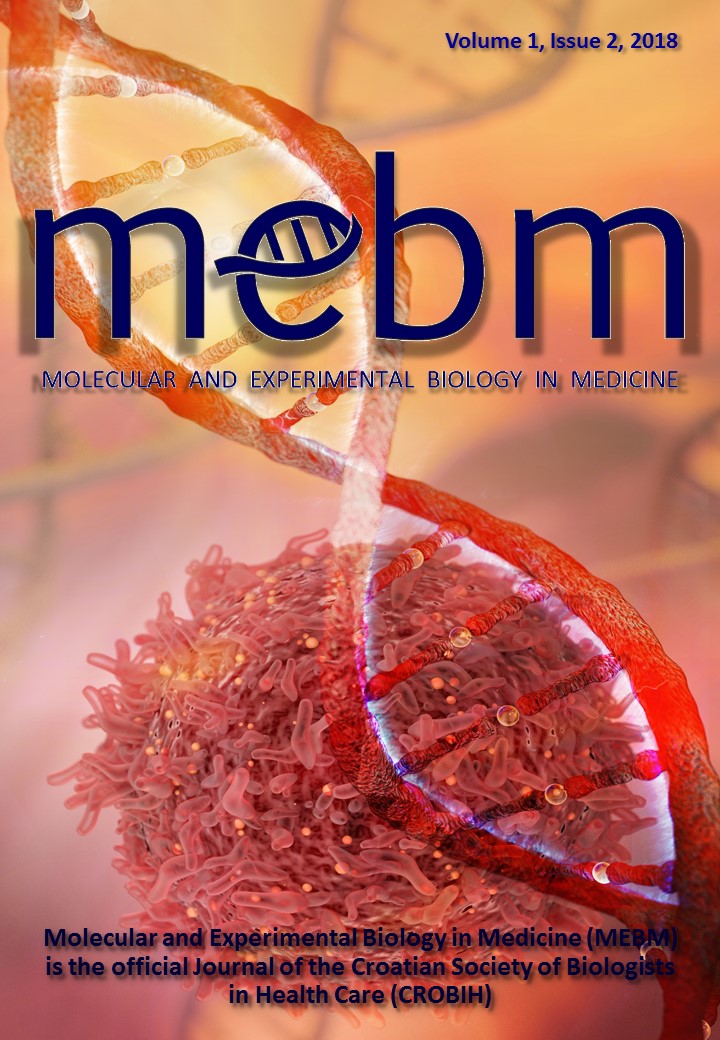UPLC/MS ANALYSIS OF PLASMA BIOAVAILABILITY OF 32 POLYPHENOLS IN C57BL/6 MICE TREATED WITH SINGLE ACUTE DOSE (24 H) OF FLOWER EXTRACT OF THE BLACKTHORN PRUNUS SPINOSA L.
Abstract
Bioavailability, biotransformation, bioaccumulation, metabolic conversion, concentrations in organs determine the real impact of polyphenols on health. Low number of studies exist compared to the number of studies on their physiological effects. In this model in vivo study, polyphenolic water extract (PSE) from the flowers of the blackthorn (Prunus spinosa L.), a traditionally consumed plants, reexamined industrially and pharmacologically as a medicinal plant and nutriceutical, was used to investigate the plasma bioavailability of 30 compounds given to the C57BL6 mice as a single acute dose of 25 mg/kg bw of total polyphenols. Concentrations were measured 15 min, 30 min, 1h, 2h, 4h, 6h and 24h post treatment by UPLC/MS. 50 % out of all compounds present in PSE were detected in plasma. 10% had significantly higher Cmax/AUClast value than the control. This indicate moderate to low absorption potential. Flavonols (kaempherol, quercetine, apigenin, luteolin) were best bioapsorbed (kaempherols detected the most). Phenolic acids were second largest group and catechin group was least detected. Excretory or bioaccumulation phase towards organs occurred at most up to 2 hours post treatment. This might indicate good organ biodistribution and bioaccumulation and should be further studied in organ biodistribution experiment of acute and prolonged subchronic dosing.




